Great Balls Of Fire - Madagascar's Iconic Left
Madagascar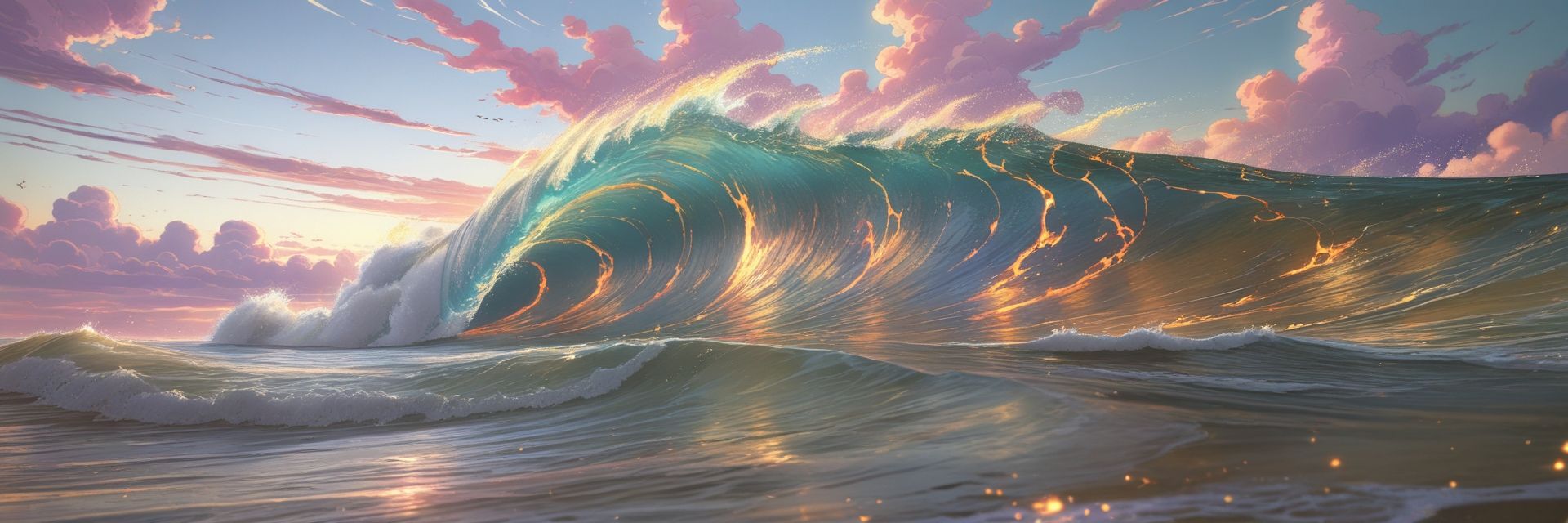
Perfect Is An Illusion
Perfect is an illusion, and Flameballs looks near perfect.
Flamebowls, or mainly (maybe mistakenly) called Flameballs, is situated off the sharp, coral coastline of Madagascar. It’s accessible by boat, a 30 minute ride give or take, and hopefully 40 minutes, as it’ll be dragging you and your big balls - the closest medical evacuation is at least 2 hours away. The reef is fairly shallow, but apparently not 'too shallow'. You can duck dive most spots, so it's not terribly shallow. Either way, it looks like it's worth having a go?
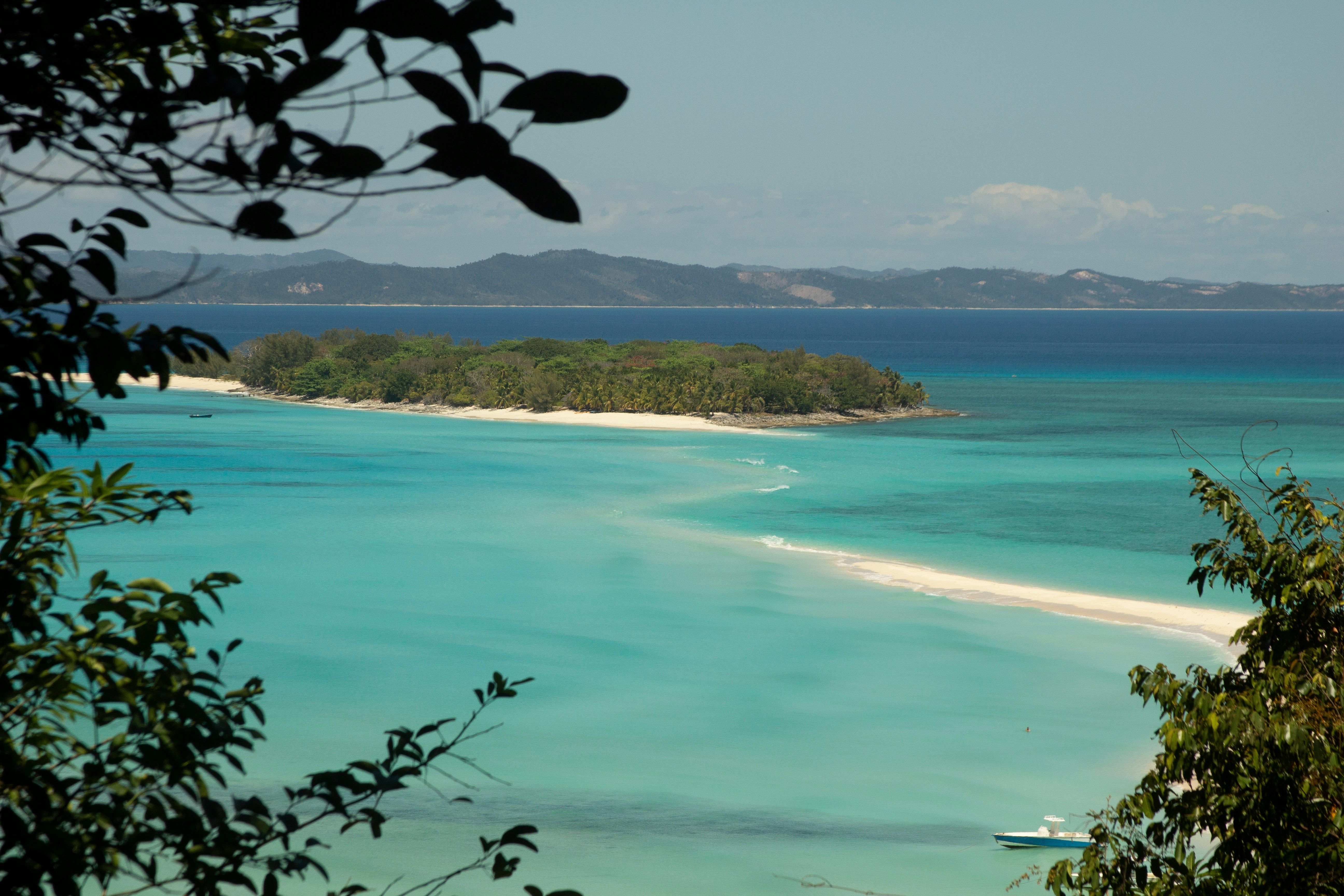
Summary
This is what a Redditor had to say about a standard surf trip to the West of Madagascar:
- “Transportation will be between 1.500€ to 2.000€ there and back, it will take up to two full days to get there (if flying from germany its: Flight, stopover, flight, one night in a hotel, flight, taxi, water Buffalo cart, boat, to get to the "base camp")
- Hygienic conditions are not at western levels - expect some stomach trouble in the first week
- Some of the accommodation on the boat trip is very basic, with no running water or Western toilets.
The Good:
- Uncrowded, epic waves. Most rather gentle, some a bit heavy.
- Good consistency of the waves at this time of the year
- Knowledgeable local guide
- The accommodation in the base camp is actually quite nice, it feels like a beach holiday -Super friendly local population, good seafood, beautiful countryside
- Once you are there, you can expect to spend less then 80€ per day, including bed, boat and food
Requirements:
- You should be confident to surf over (not too shallow) reef away from the shore - it's always a boat trip to and from the reef
- You need to be able to duckdive
- Be prepared to witness the most insane levels of poverty you're ever gonna see."
That sums it up, if you’re interested in a bit more of the finer detail, read on.
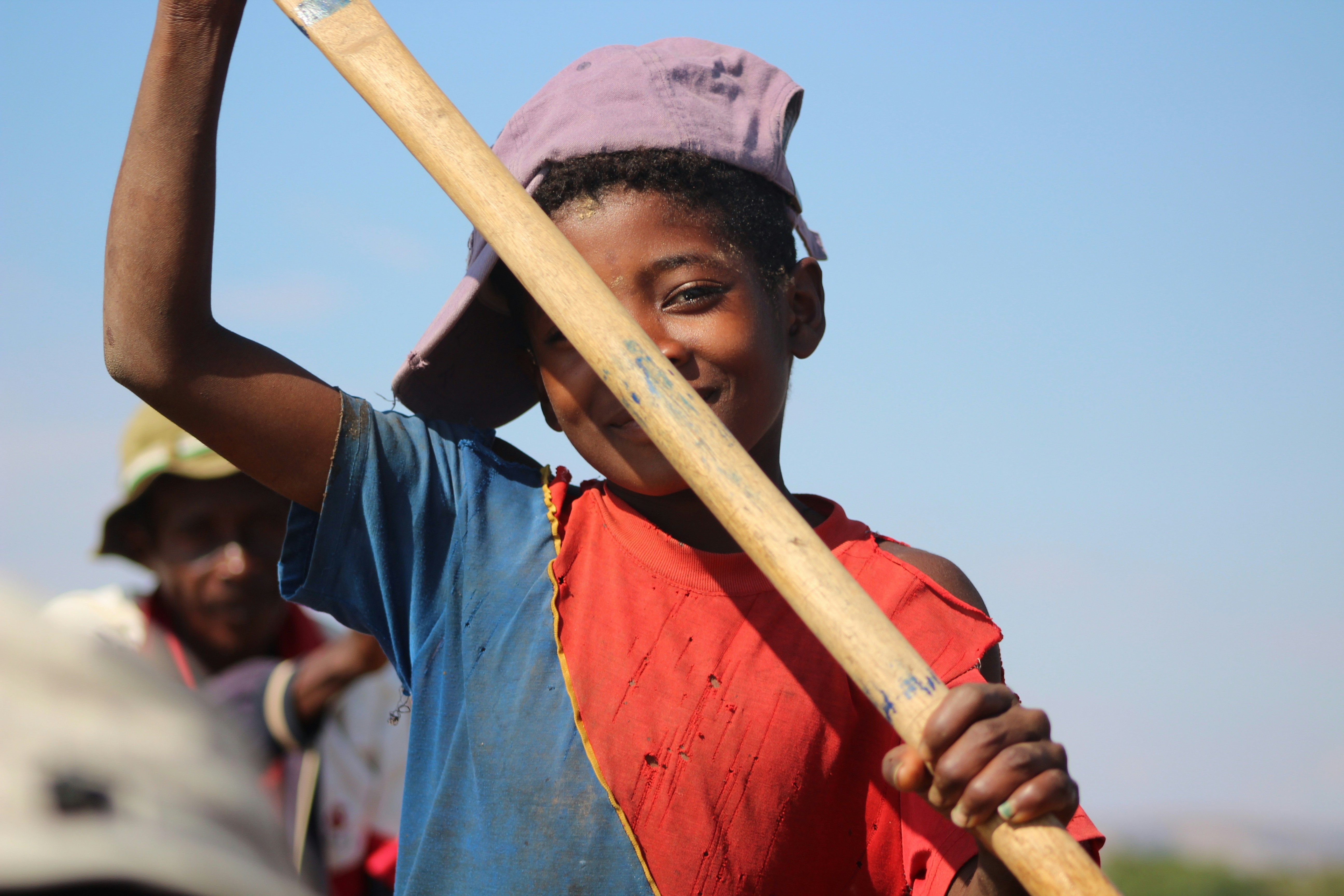
Hazards
The keyword and main tag of this post is
‘Sharp’, sharp as blades is the reef you’ll be cruising over. It's all fun and games until reality scrapes you up the back, and then life proceeds to infect the living shit out of you as you lay in your bed moaning in pain with no proper medical attention. So ensure your medical insurance is locked in and ready to go and then tuck in.
"In the event of a medical emergency in Anakao, the typical procedure involves transportation to Toliara, where medical facilities are more readily available. Given the limited road infrastructure and the village's coastal location, travel is often conducted by boat. The boat journey from Anakao to Toliara usually takes about an hour, depending on sea conditions. So, in total, it could take anywhere from 2 to 5+ hours for evacuation, depending on transportation availability, weather, and the severity of the medical emergency."
Surfers, Frank Solomon, Slade Prestwich, Twiggy Baker, cruised around the East of Madagascar and rode with a shark repellent. Having said that, the East is notoroius for being sharky, and the West is considered safe.
“We’re on the East Coast of Madagascar, it’s known as the most sharkiest place in the world. Generally we like to have 1 person in the lineup with the E-line-force (shark repellent).”
Madagascar's reputation for sharks comes from the East coast (Tamatave records an average of around 13 bites a year) and the west coast as it is on the Mozambique Channel home of the notorious Zambezi Shark (also known as the Bull Shark or Bronze Whaler) which likes to swim up rivers to forage, but is rarely sighted. Reunion Island is positioned to the East of Madgascar, but in reality it’s very far away and we definitely can’t conclude those sharks are taking trips to Madagascar to hunt humans. I personally have more fear of sharks in South Africa than I’d have in Madagascar, especially the Eastern Cape of South Africa. I was called out the water at Wildnerness beach by a man who told us he saw a Great White only about a hundred meters from where we were surfing. I also have friends who came face to face with a Great White at Pringle Bay, who now live in the Transkei, and I don’t think they’d go for a surf there if you paid them. So if you're from South Africa, you're realistically safer surfing the West side of Madagascar than you are the Eastern Cape of South Africa. When in doubt, choose west side for life.

Exploring
Google Earth can reveal some incredible 4x4 routes, with no restrictions. What a dream? Or nightmare? Visualise surfing a lagoon as you’re towed by a 4x4, hell yea…unhinged (not too unhinged, that loss of deposit on the vehicle could be good game) off-road fun makes Madagascar an inviting destination for the wild explorer. However, the roads, if you can even call them that, look incredibly challenging in some areas and will probably result in your vehicle needing maintenance of some kind, judging by the testimonials of this expedition video.
https://www.youtube.com/watch?v=FewrSgTN7kM&ab_channel=NomadicRoad
Madagascar's road network is generally in poor condition due to limited maintenance, heavy rains, and rugged terrain. While main roads like RN2 (Antananarivo to Toamasina) and RN7 (Antananarivo to Toliara) are paved and relatively manageable, many secondary and rural roads are unpaved, muddy, or filled with potholes, making a 4x4 essential. In the rainy season, some routes become nearly impassable. If you're planning to explore remote areas, national parks, or coastal regions, a 4x4 is highly recommended.
Culture
The Madagasar people have a good reputation of being incredibly hospitipal and friendly. Madagascar’s population is made up of 18 main ethnic groups, primarily of Austronesian and Bantu descent. The Merina and Betsileo dominate the highlands, while the Sakalava, Antandroy, and Betsimisaraka are prominent along the coasts. Despite regional differences, there is a strong sense of national identity.
Malagasy (a language of Austronesian origin) is the official and most widely spoken language. French is also an official language and is used in government and education. English is becoming more common in tourism and business sectors.
Ancestor Worship
Many Malagasy people believe in honoring their ancestors through ceremonies such as Famadihana (the turning of the bones), where families exhume and wrap their deceased loved ones in fresh cloth. Christianity (Catholicism and Protestantism) is widely practiced, often blending with traditional beliefs.
Music and Dance
- Hira Gasy: A traditional performance combining music, dance, and storytelling.
- Salegy: A fast-paced dance music popular in coastal regions.
Valiha: A bamboo tube zither, considered the national instrument.
Cuisine
Malagasy cuisine is centered around rice, served with meats, vegetables, and sauces.
- Romazava (beef stew with leafy greens)
- Ravitoto (crushed cassava leaves with pork)
- Mofo Gasy (sweet rice flour pancake)
Social Customs
- Fihavanana: A concept of social harmony, kinship, and solidarity.
- Respect for Elders: Age and wisdom are highly valued in Malagasy society.
Art and Craftsmanship
Woodcarving, basket weaving, and silk weaving are important traditional crafts. Zafimaniry Woodwork (intricate geometric patterns) is recognized by UNESCO.
Madagascar’s culture is deeply tied to its history and environment, making it one of the most unique in the world.
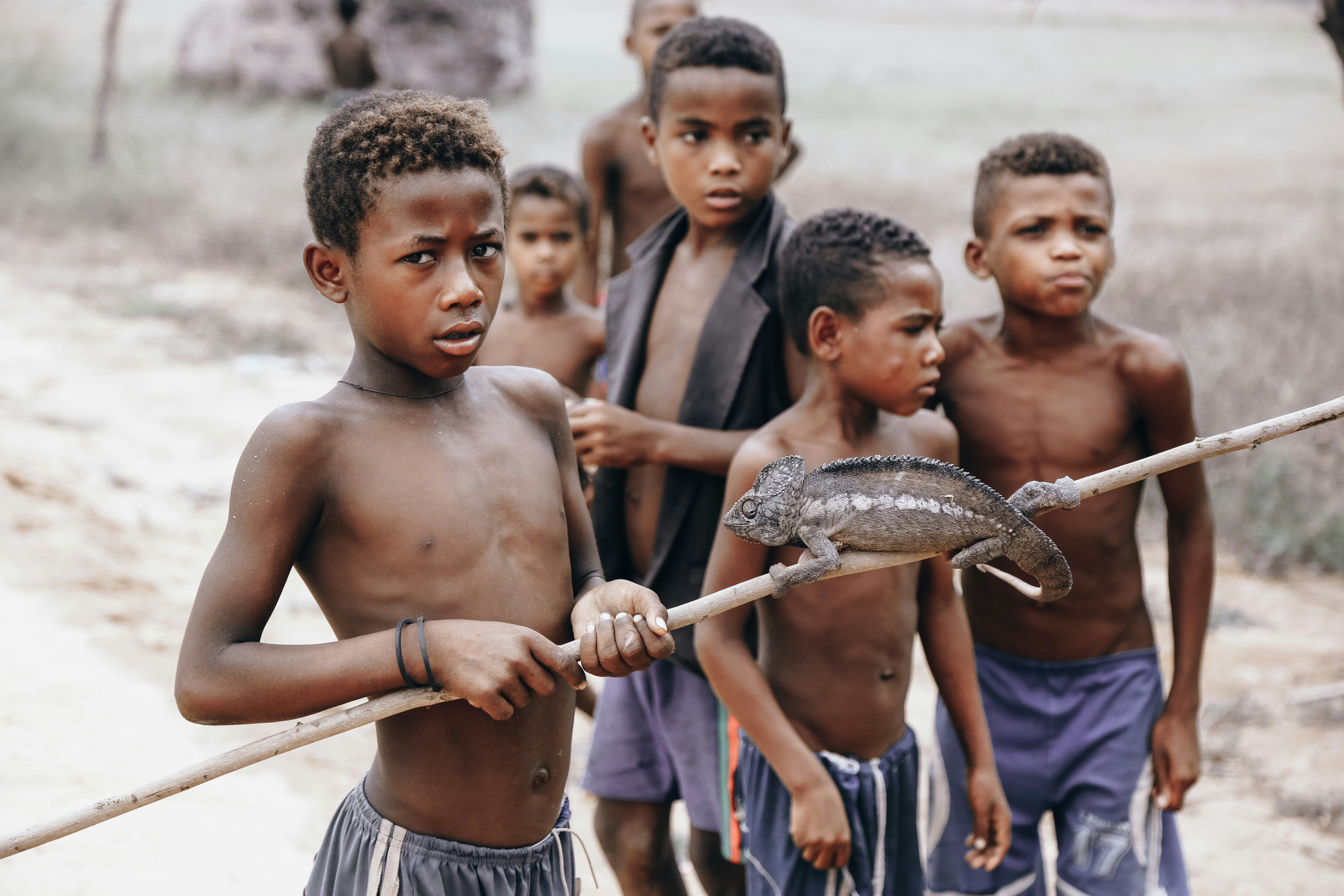
History
The local Malagasy people refer to the island as “Madagasikara”. The name “Madagascar” was not developed in the country but rather popularized by Europeans in the Middle Ages. There are several varying accounts of the possible origin of the name, but none has been proven to be true. The title “Madageiscar” was first used by Marco Polo in his narrative Devisement du Monde while traversing the Silk Road in the mid-13th century. It is certain that the name did not originate from the local language because Marco Polo had not been to Madagascar and the alphabet “C” not exists in the Malagasy language.
French explorer Alfred Grandidier visited Madagascar in 1885 and began studying the history of the Island. Grandidier discovered that Madagascar was the same Island that explorer Richard de Haldingham had referred to as “Malichu” while drawing the world map in the 13th century. It was the same island the Greeks had referred to as “Malai Gesira.” The name slowly transformed to malaigésira, madégescar, madégascar, and finally Madagascar.
It’s a bit wild that a country still retains a name that wasn’t even created by their native people, but by suspect Europeans. Anyway, I suppose it’s a cool name that evolved over time, perhaps like Flamebowls/Flameballs.
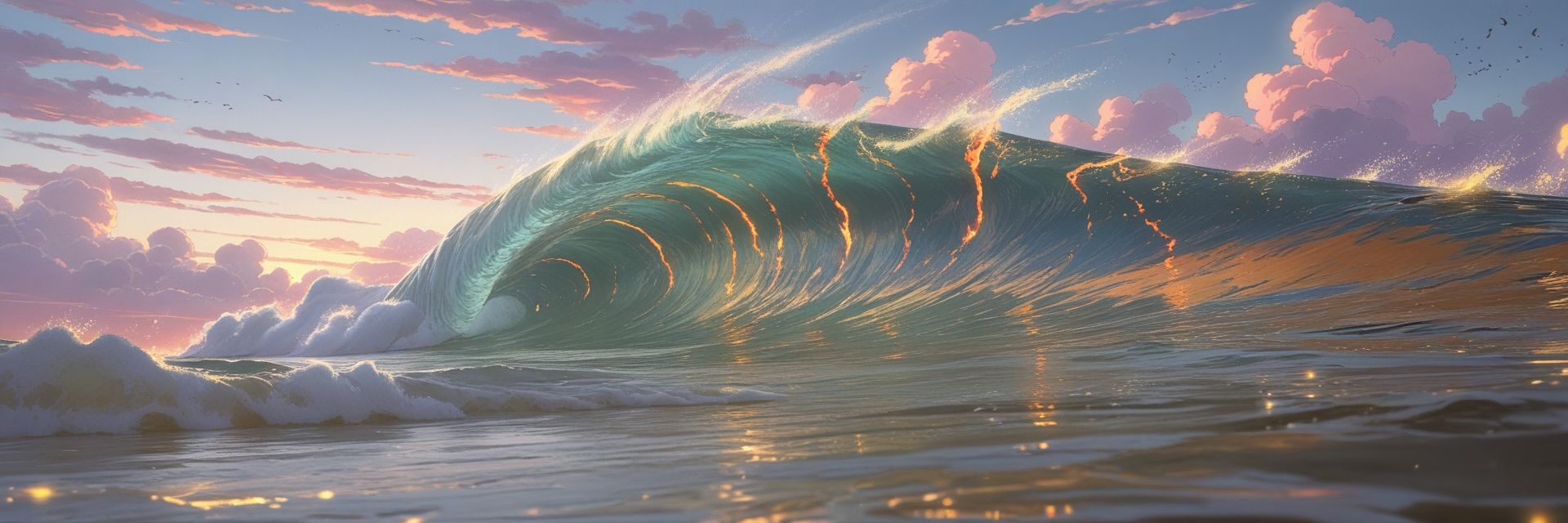
Conclusion
If you're keen for a rural, rugged and super adventurous surf trip, Madagascar looks like a great choice. However, there's mostly reef breaks and you're somewhat confined without a vehicle, so you'll have to be one to enjoy boating, snorkeling, chilling and generally roughing it. If you have a 4x4 buddy and the funds to hire, that could be an epic road trip, if it's not in the rainy season. High risk, high reward. Otherwise settling in at a beach resort and catching reef break waves daily sounds like a plan.
Trip Plan
Total Days: 13Total Price: View more
Trip Plan
Location
Country: Madagascar
Region: Befasy
1Day 1
Day 1
2Day 2
Day 2
3Day 3
Day 3
Activities
Surfing or exploring areas INSIDE of Befasy
Duration: 4 hours
Where to Stay
Madagascar Surf Resort
Daily Total
4Day 4
Day 4
Activities
Surfing or exploring areas INSIDE of Befasy
Duration: 4 hours
Where to Stay
Madagascar Surf Resort
Daily Total
5Day 5
Day 5
Activities
Surfing or exploring areas INSIDE of Befasy
Duration: 4 hours
Where to Stay
Madagascar Surf Resort
Daily Total
6Day 6
Day 6
Activities
Surfing or exploring areas INSIDE of Befasy
Duration: 4 hours
Where to Stay
Madagascar Surf Resort
Daily Total
7Day 7
Day 7
Activities
Surfing or exploring areas INSIDE of Befasy
Duration: 4 hours
Where to Stay
Madagascar Surf Resort
Daily Total
8Day 8
Day 8
Activities
Surfing or exploring areas INSIDE of Befasy
Duration: 4 hours
Where to Stay
Madagascar Surf Resort
Daily Total
9Day 9
Day 9
Activities
Surfing or exploring areas INSIDE of Befasy
Duration: 4 hours
Where to Stay
Madagascar Surf Resort
Daily Total
10Day 10
Day 10
Activities
Surfing or exploring areas INSIDE of Befasy
Duration: 4 hours
Where to Stay
Madagascar Surf Resort
Daily Total
11Day 11
Day 11
Activities
Surfing or exploring areas INSIDE of Befasy
Duration: 4 hours
Where to Stay
Madagascar Surf Resort
Daily Total
12Day 12
Day 12
Activities
Surfing or exploring areas INSIDE of Befasy
Duration: 4 hours
Where to Stay
Madagascar Surf Resort